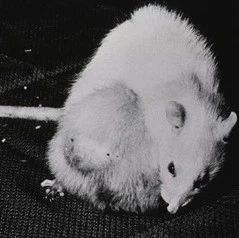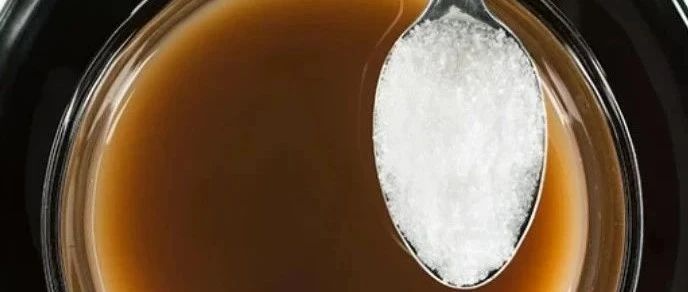Johns Hopkins大学的研究人员利用iPSC技术进行药物筛选取得了实质性的进展,这项成果为一些遗传疾病提供了成本更低更快捷的药物研发途径,还将有助于发展个性化医疗,用来自患者自身的细胞在体外测试治疗手段的安全性和有效性。文章于11月25日发表在Nature Biotechnology杂志上。

细胞重编程技术加快遗传病药物筛选进程
Riley-Day综合症是一种罕见的遗传病,又称家族性植物神经功能障碍症 familial dysautonomia(FD)。这种疾病只影响了一类神经细胞,目前很难通过组织学活检从患者体内取得这种细胞用于体外研究。Johns Hopkins大学医学院的助理教授Gabsang Lee博士及其同事提取了Riley-Day综合症患者的皮肤细胞,并将其诱导成为多能干细胞iPSC,随后他们诱导这些iPSC细胞生成受到疾病影响的神经细胞,成功用这些细胞快速简便地进行了药物筛选。
Riley-Day综合症症状包括痛觉迟钝、间断性呕吐、协调性差和痉挛,只有半数患者能活到30岁。iPSC细胞能够分化为任意类型的细胞,研究人员将提取的皮肤细胞重编程成为iPSC细胞,随后再诱导这些iPSC细胞成为神经嵴前体细胞。“能够直接在体外研究受疾病影响的神经细胞,使我们得以首次确切地观察疾病对细胞的影响,” Lee说。
在这项研究中,研究人员用这些体外形成的Riley-Day神经细胞筛选了约7,000种药物的效力。在自动化分析仪器的帮助下,研究人员很快从中选出了八个化合物进行进一步试验。研究显示这些化合物能提高IKBKAP的表达,而IKBKAP是Riley-Day综合症中的致病基因。其中,SKF-86466能够通过调节细胞内PKA依赖的CREB磷酸化和cAMP水平来诱导IKBKAP转录,是在细胞水平上中止或逆转疾病进程的潜在分子。
Lee介绍道,这类疾病开展临床试验难度较大,因为全球Riley-Day综合症患者并不多。不过已经有一种与SKF-86466很类似的化合物通过了FDA认证,用于治疗其他疾病。研究人员指出,可以对通过认证的化合物进行试验,看能否用于治疗Riley-Day综合症。这项研究也带来了更深远的启示,“还有许多罕见遗传疾病很难应用现有的药物研发模式,” Lee解释到。“我们为这类疾病的药物研发提供了一条新途径。”
此外研究人员还指出,这项研究可以用于发展个性化医疗。举例来讲,可以用1型糖尿病患者自身细胞生成iPSC细胞,然后让其在体外分化为胰腺细胞。在体外测试各种药物对患者自身细胞的有效性和安全性,医生可以在此基础上确定最佳治疗方案,使患者能够更快康复。

 Large-scale screening using familial dysautonomia induced pluripotent stem cells identifies compounds that rescue IKBKAP expression
Large-scale screening using familial dysautonomia induced pluripotent stem cells identifies compounds that rescue IKBKAP expression
Gabsang Lee,Christina N Ramirez,Hyesoo Kim,Nadja Zeltner,Becky Liu,Constantin Radu,Bhavneet Bhinder,Yong Jun Kim,In Young Choi,Bipasha Mukherjee-Clavin,Hakim Djaballah& Lorenz Studer
Patient-specific induced pluripotent stem cells (iPSCs) represent a novel system for modeling human genetic disease and could provide a source of cells for large-scale drug-discovery screens. Here we demonstrate the feasibility of performing a primary screen in neural crest precursors derived from iPSCs that were generated from individuals with familial dysautonomia (FD), a rare, fatal genetic disorder affecting neural crest lineages. We tested 6,912 small-molecule compounds and characterized eight that rescued expression of IKBKAP, the gene responsible for FD. One of the hits, SKF-86466, was found to induce IKBKAP transcription through modulation of intracellular cAMP levels and PKA-dependent CREB phosphorylation. SKF-86466 also rescued IKAP protein expression and the disease-specific loss of autonomic neuronal marker expression. Our data implicate alpha-2 adrenergic receptor activity in regulating IKBKAP expression and demonstrate that small-molecule discovery using an iPSC-based disease model can identify candidate drugs for potential therapeutic intervention.






